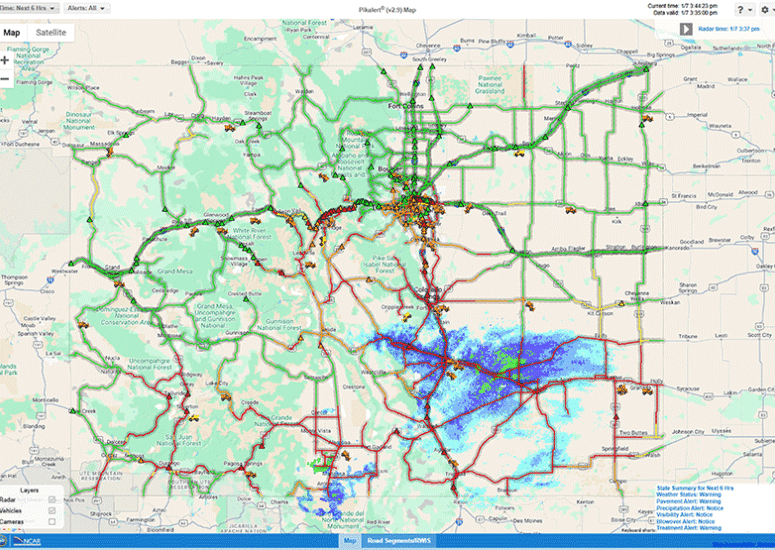-

NSF NCAR technologies keep travelers on the move
NSF NCAR is continuing to improve targeted forecasts of weather impacts on roads and runways
- Weather
-
UCAR statement on reports that NSF NCAR could be dismantled
The following is a statement from Antonio Busalacchi, president of the University Corporation for Atmospheric Research (UCAR), which manages the U.S. National Science Foundation National Center for Atmospheric Research (NSF NCAR) on behalf of NSF.
- Organization
-
UCAR statement on shooting at Brown University
A statement is from Antonio Busalacchi, president of the University Corporation for Atmospheric Research (UCAR).
- Organization
-

NASA selects NSF NCAR heliophysics mission for continued development
NASA has selected the Chromospheric Magnetism Explorer (CMEx) for an extended period of concept development.
- Sun + Space Weather
-

NSF NCAR mini-satellite will give scientists a detailed view of the Sun’s chromosphere
NSF NCAR was selected by NASA to construct a breadbox-sized satellite that will give scientists a powerful new tool to observe the Sun’s chromosphere, a poorly understood region of the solar atmosphere where the energy that powers solar storms builds up before being released.
- Sun + Space Weather
